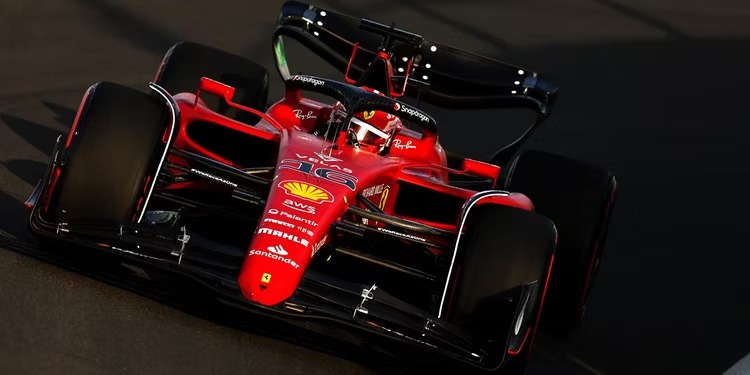Sports
Only Real Formula 1 Fans Will Know These 11 Facts
These cool and surprising Formula 1 facts will surprise everyone but the most die-hard fans.
Formula 1 was inaugurated for the first time in 1950 and has been entertaining gearheads for the last six decades. For those who know nothing about the racing sport, a typical Formula 1 season is composed of a series of races that are commonly referred to as the “Grand Prix.” This series of races are held in different parts of the world on public and circuit roads. The winners are evaluated using a point-based system that determines the best constructors and drivers during the course of the season.
The traditional base for the Formula 1 sport is in Europe, but it has a global appeal and is particularly huge in the United States. The cars are costly to build, and there’s a lot of money that’s involved in Formula 1. Ferrari, as a constructor, has enjoyed success in Formula 1 by winning six consecutive titles. Mercedes is trying to catch up with the record, but it will be an uphill task if competition is anything to go by.
There are some little-known facts that only a true Formula 1 fanatic would have at their fingertips. These facts are fascinating, even for a person who doesn’t follow the sport.
No.11 Formula 1 Got Its Start After WWII

While the first auto races took place well before WWII, Formula 1 didn’t officially begin until 1946. The first race took place in Turin, Italy, at Valentino Park, where a driver in an Alfa Romeo 158 would take first place. That driver, Achille Varzi, made this race part of his fantastic comeback after his drug-fueled past.
Though the first race took place in 1946, the first world championship wouldn’t be until 1950. During the championship race on May 13th, 14 teams and several independent drivers took to the track, with Giuseppe Farina taking home the victory.
No.10 Formula 1 Teams Have Up To 600 Members

Formula 1 teams may seem like a tight-knit group from the crew pit, the chief, and the driver, but the reality is that Formula 1 teams have many more crew members than just that small group.
In fact, most of the team members work behind the scenes to ensure a successful race. For example, engineers must work to improve the performance of each component of the vehicle constantly. Plus, PR people, managers, and reserve drivers round out the team.
No.9 Formula 1 Cars Have 25 Buttons On The Steering Wheel
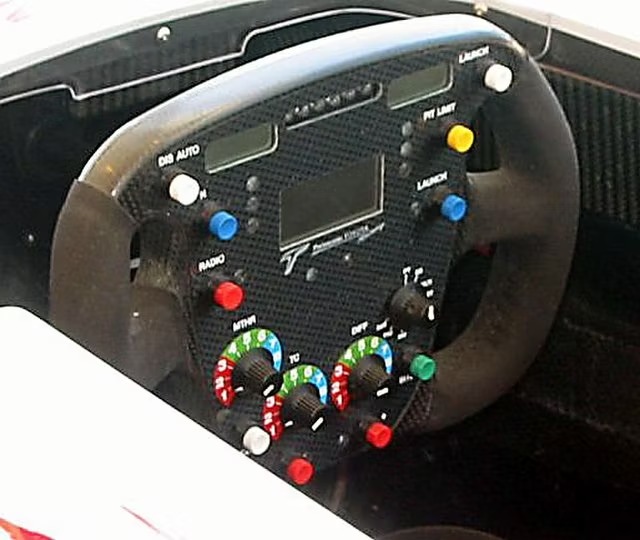
If you think your modern steering wheel is complicated, the Formula 1 drivers have it worse. Their steering wheels can have upwards of 25 buttons on them. Each button and switch controls every aspect of the car, allowing the driver ultimate control. It is even said the wrong button can cost a race.
To put it into perspective, some buttons change the way the brakes function, allowing for the balance to be shifted in split-second situations. These changes can allow the car to perform differently from corner to corner. Talk about control!
No.8 Formula 1 Cars Accelerate From 0 To 100 MPH And Hit Back To Zero Within 4 Seconds

Imagine accelerating to 100 mph and returning to zero in just 4 seconds. You might not survive if you have a heart condition. The effect is like feeling your body being squeezed with an invisible force. Breath control is essential in such a situation, and F1 drivers have to go through several drills to prepare for G-Force.
Formula 1 cars are capable of such a record because they have to abruptly brake when they approach corners and then accelerate immediately, as it’s a game of speed and time. Stamina and overall physical fitness come into play when the drivers are experiencing the force.
No.7 Average Basic Cost Of An F1 Car Is $12 Million Without Basic Components
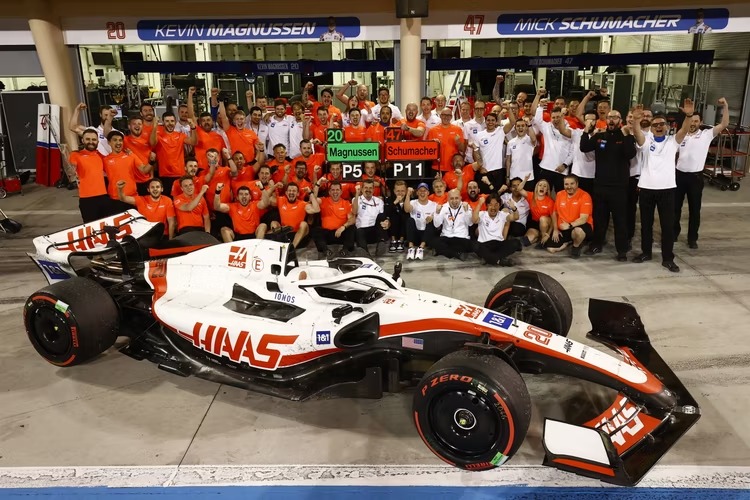
Formula 1 racing isn’t for everyone, and you’ll need to have the backing of a multi-billion dollar company to participate. The average cost of a Formula 1 car is $12.2 million, and that’s when some components haven’t been factored in. It even gets worse if the racecar is involved in a crash, as it can cost hundreds of thousands of dollars to repair it.
The main participants also spend around $320 million a year on their cars which isn’t cheap. Team cars can consume up to 200,000 liters per year, which runs at the cost of $450,000. The engine has to be the highest cost because it can only be used in 5 races.
No.6 Brake Discs Can Reach 1,000 Degrees Centigrade

Formula 1 racecar brake discs are made from indestructible carbon fiber. According to Askmen, the brake discs can reach up to 1,000 degrees centigrade. This high temp is the same temperature as molten lava. Extreme braking situations produce such a great force that the tear ducts of the driver squirt water.
The brake discs have seen numerous improvements over the years, and engineers are going past the boundaries of what was seen as impossible just a decade ago. In 2016, Formula 1 attempted to make 1,200 holes in a single brake disc. The holes are meant to cool the air, as they can get sweltering. F1 brake discs used to have just about 100 holes a couple of years ago.
No.5 Engine Can’t Be Turned When It’s Cold
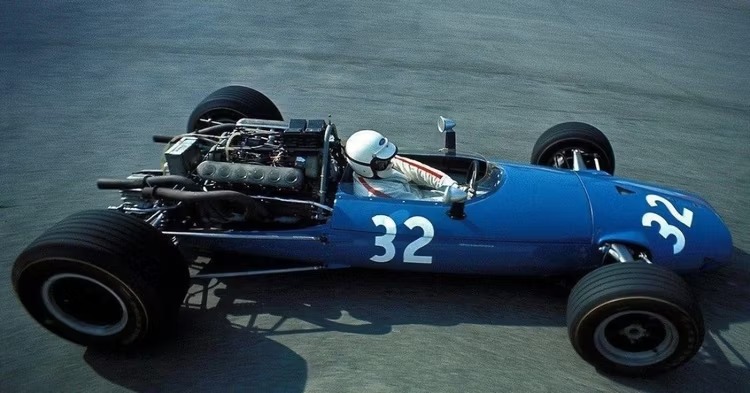
According to F1Technical, it’s nearly impossible to turn an F1 engine when it’s cold and has already been tuned. It’ll be impossible to turn the engine because of the high tolerance level of the racecar. The engine is usually preheated before being fired up. This mechanism would require that there’s an external heater pump.
The gearbox also needs to be on par with the operating temperatures, even before the first gear is engaged. This drawback is one of the reasons why it would be impossible to put a Formula 1 engine in an average car. It would always be a challenge to start the vehicle because of the preheating engineering.
No.4 Revs Up To 15,000 RPM While Normal Vehicles Go Only Up To 6,000 RPM

The naturally aspirated engines for Formula 1 cars haven’t changed over the years and have been consistent with the output. A typical vehicle can achieve up to 6,000 RPM, while a Formula 1 racecar can achieve twice as much. This is made possible because of the power that’s produced by the engine.
Before the 1980s, most Formula 1 engines were limited to 12,000 RPM because the valves were closed with metal springs. They were replaced by Pneumatic valve springs from Renault, which naturally had a high rising rate. Almost every Formula 1 race car is manufactured with the same technique, enabling them to achieve up to 20,000 RPM.
No.3 Each Car Has 80,000 Assembled Components
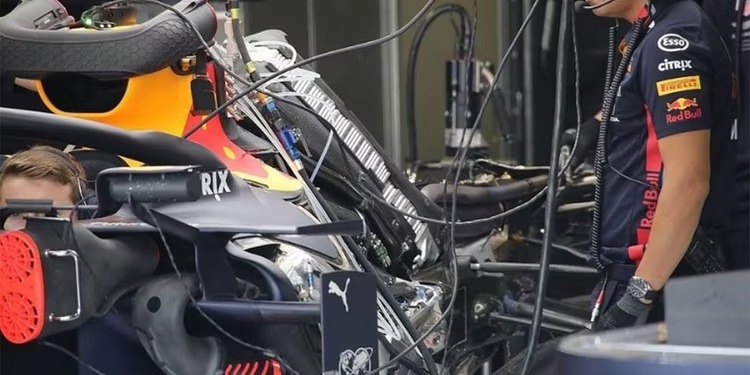
Every piece of engineering has a function and has been well-thought-out to the last detail. According to Sky Sports, the average Formula 1 race car comprises more than 80k components. These components need to be pieced together with a high level of accuracy for the Formula 1 car to perform to the highest standards.
A Formula 1 car might look simple to an outsider, but it takes a lot of work and resources to come up with one. There’s a 99.9 percent requirement that the components have to be fixed with accuracy if the racecar performs to its optimum. There’s no margin for error when it comes to Formula 1 vehicles.
No.2 The Crew Can Change Tires And Refuel In 3 Seconds
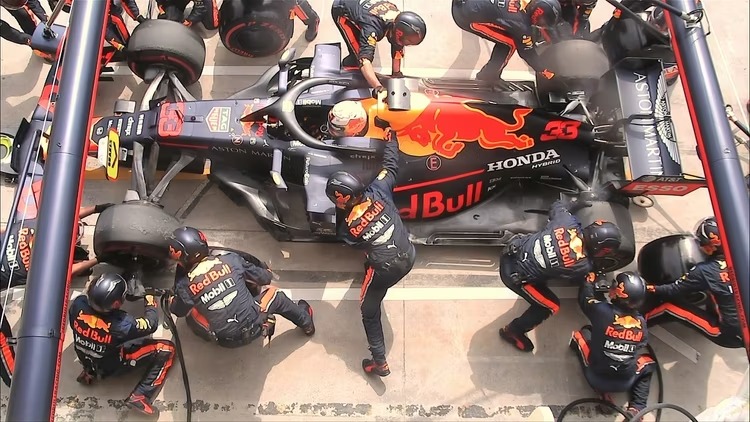
Imagine how long it would take you to change all the tires on your car and refuel it. Probably 2 hours? According to Motorsports.com, the average F1 crew takes about 3.0 seconds to change the tires. This time is essential because constructors are also gauged at the end of the season.
For the driver, it means he’ll focus more on time to complete the race. The fastest tire-change record was broken in 2016 when Massa’s pit crew changed the tires in 1.92 seconds. They beat Red Bull, who had held the record at 2.05 seconds. Try looking up the video on YouTube. It doesn’t seem to take even a second to the naked eye.
No.1 F1 Engine Lifespan Is Less Than 7 Races
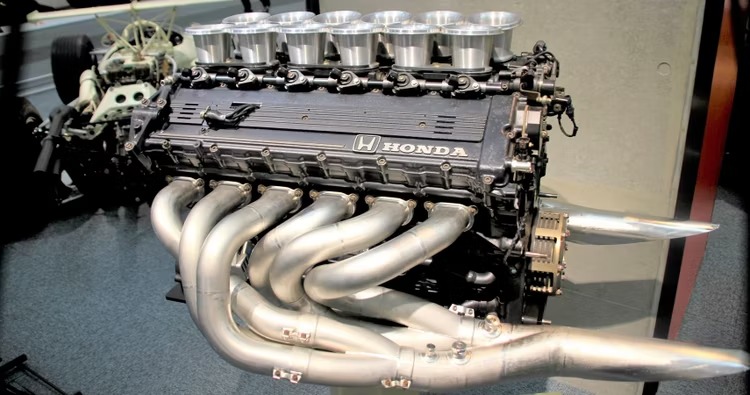
The engine of a Formula 1 race car isn’t that of a typical one found in a Toyota that can give you 200,000 miles without a sweat. According to F1Technical, a typical Formula 1 engine can’t last more than seven races. The participants set aside a sizable budget just for the development of the engine.
The tolerance and the capabilities of the F1 engines are on another level. They’re engineered to get the best out of them, even if it means functioning just for a few hours. The high level of precision that goes into building the engines means they’re more subject to wear and tear. A good question to ask yourself is why F1 cars with such small engines can produce over 800 HP?

